Cypress
Lawson and leyland cypress are both pale yellow to pale brown timbers and easily distinguished from macrocarpa and lusitanica cypress, which are slightly darker and with easily distinguished sapwood.
Lawson cypress Chamaecyparis lawsoniana
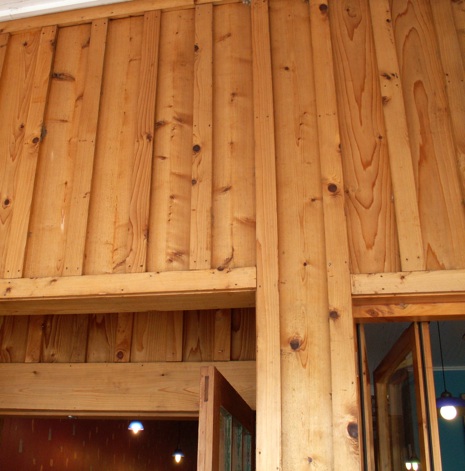
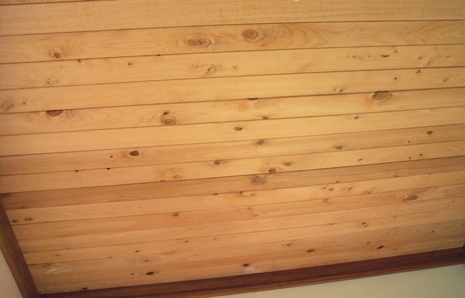
Also called "Lawsoniana", Port Orford cedar, Oregon cedar and white cedar. Although a cypress, This species has been called a "cedar" because of the spicy turpentine smell of the wood.
Product Qualities
Lawson cypress has by far the strongest wood of any cypress species grown in New Zealand. It is also very stable with low shrinkages from green to dry, highly scented and naturally durable. The heartwood is pale yellow to pale brown in colour, and barely distinguishable from the sapwood when dry.
Uses and Applications
In New Zealand, Lawson cypress has been used for house framing, roof trusses, outdoor furniture, weatherboards, decking, roof shingles, interior panelling, furniture and joinery.
Physical and Mechanical properties
Lawson cypress is very stiff and is the strongest of the cypresses. It works well with hand and machine tools, and takes an excellent finish. The natural oils present can give it a smooth waxy-like sheen. It holds glue well.
| Properties | |
|---|---|
| Density | 480 kg/m3 |
| Tangential shrinkage (green to 12% moisture content) | 3.6% |
| Radial shrinkage (green to 12% moisture content) | 2.0% |
| Hardness | 2.5 kN |
Lawsons cypress does not suffer from collapse or internal checking in drying, and can be kiln dried easily from green.
Availability
Generally available in the Marketplace
Natural durability
Lawson cypress heartwood is naturally durable. It can be used for framing, internal structural end-uses, weatherboards and decking. However, because the heartwood can be difficult to distinguish from sapwood once dry, grading for heart products should take place in the green condition. Material containing sapwood can be used for internal structural uses provided the sapwood is treated to a minimum of H1.2 boron (See NZS 3602). For external structural uses Lawson cypress heartwood durability is equivalent to radiata pine treated to Hazard Class H3.2. However, to comply with Clause B2Have a durability of at least 50 years - Clause B2.3.1 (a)(i) of the Building Code as an alternative solution the timber must:
- be heartwood;
- not be in ground contact;
- be easy to replace;
- be surface treated with an appropriate preservative;
- have cut ends suitably capped.
Leyland cypress
Product qualities
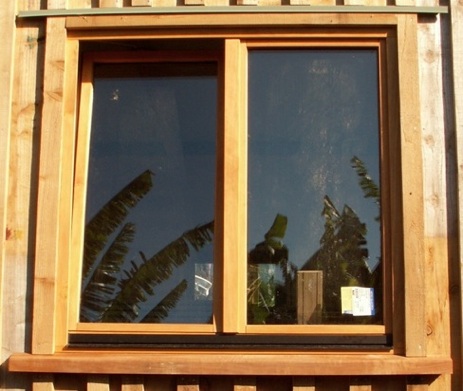
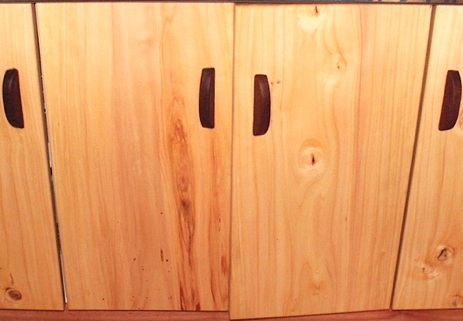
Leyland cypress is a hybrid with macrocarpa/lusitanica and nootka cypress parentage and the timber inherits properties from both species. Nootka cypress is highly regarded for durability and stability, moderate strength and reasonable hardness. There are a range of clonal hybrids, all with very similar timber. Timber from shelterbelts is generally of lower quality than from plantations.
Leyland cypress is pale yellow brown colour with a fine, even texture and is straight-grained. Growth rings are slightly conspicuous. The timber is slightly scented.
Uses and applications
Leyland cypress is suitable for house framing, roof trusses, weatherboards, outdoor furniture decking, roof shingles, interior panelling, furniture and joinery.
Physical and Mechanical Properties
Moderately stiff and strong, leyland cypress works well with hand and machine tools, and takes an excellent finish. Holds glue well.
| Properties | |
|---|---|
| Density | 495 kg/m3 |
| Tangential shrinkage (green to 12% moisture content) | 3.2% |
| Radial shrinkage (green to 12% moisture content) | `1.4% |
| Hardness | 1.9 kN |
Availability
Generally available in the marketplace
Natural durability
Leyland cypress heartwood is naturally durable. It can be used for framing, internal structural end-uses, weatherboards and decking. However, because the heartwood can be difficult to distinguish from sapwood once dry, grading for heart products should take place in the green condition. Material containing sapwood can be used for internal structural uses provided the sapwood is treated to a minimum of H1.2 boron (See NZS 3602). For external structural uses Leyland cypress heartwood durability is equivalent to radiata pine treated to Hazard Class H3.2. However, to comply with Clause B2Have a durability of at least 50 years - Clause B2.3.1 (a)(i) of the Building Code as an alternative solution the timber must:
- be heartwood;
- not be in ground contact;
- be easy to replace;
- be surface treated with an appropriate preservative;
- have cut ends suitably capped.
Cypress showcase
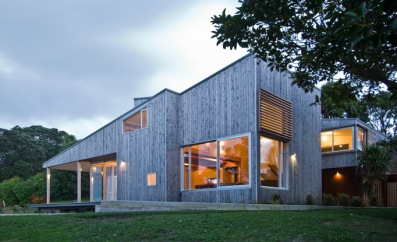
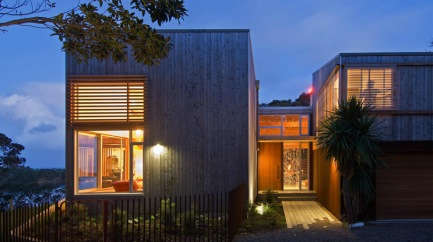
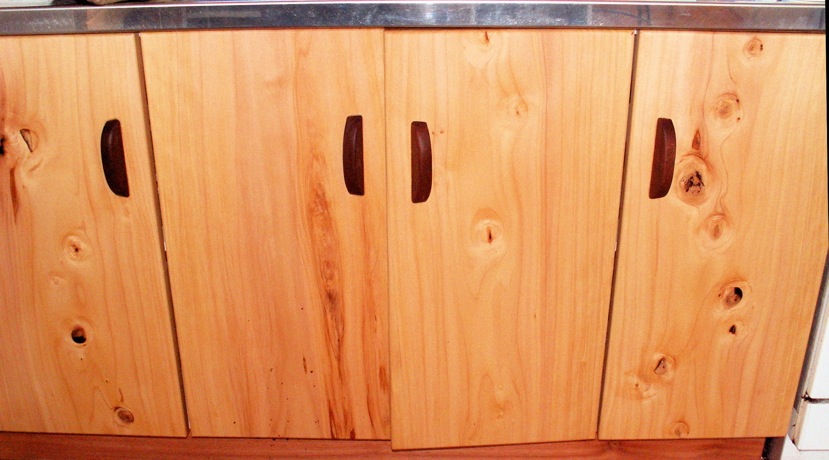
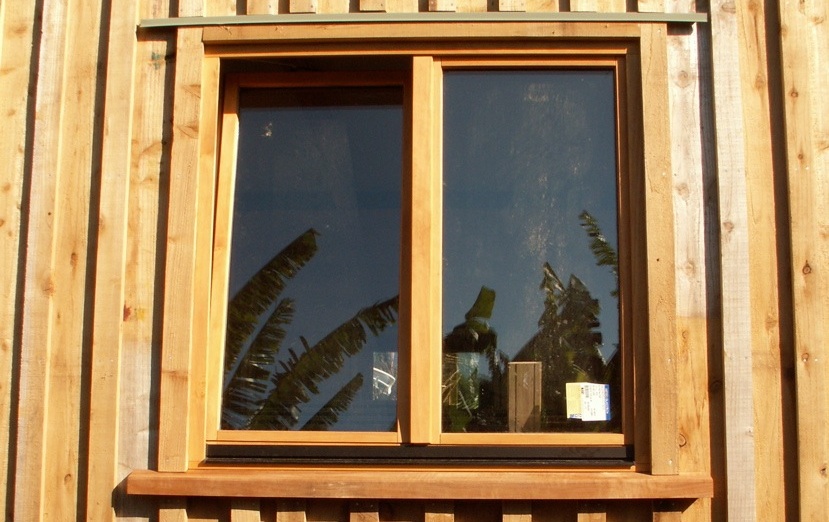
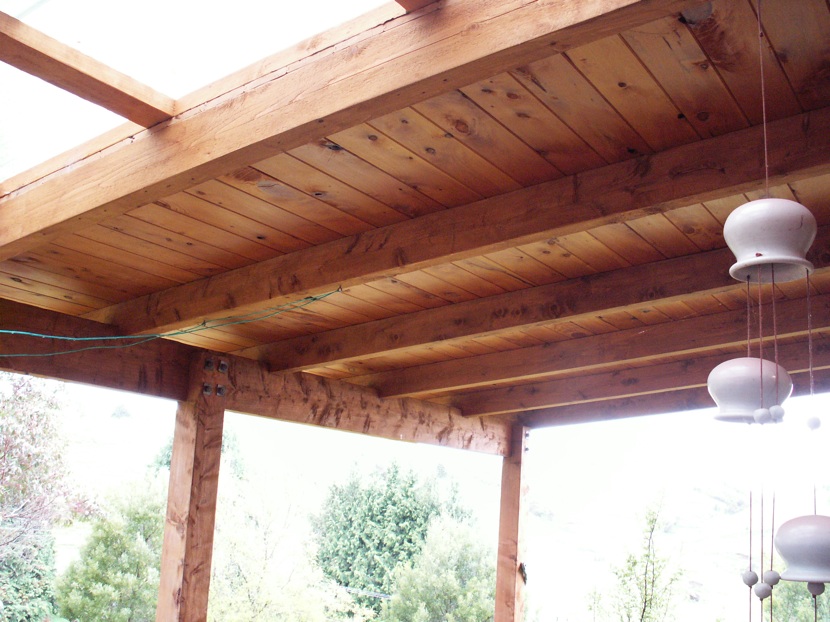
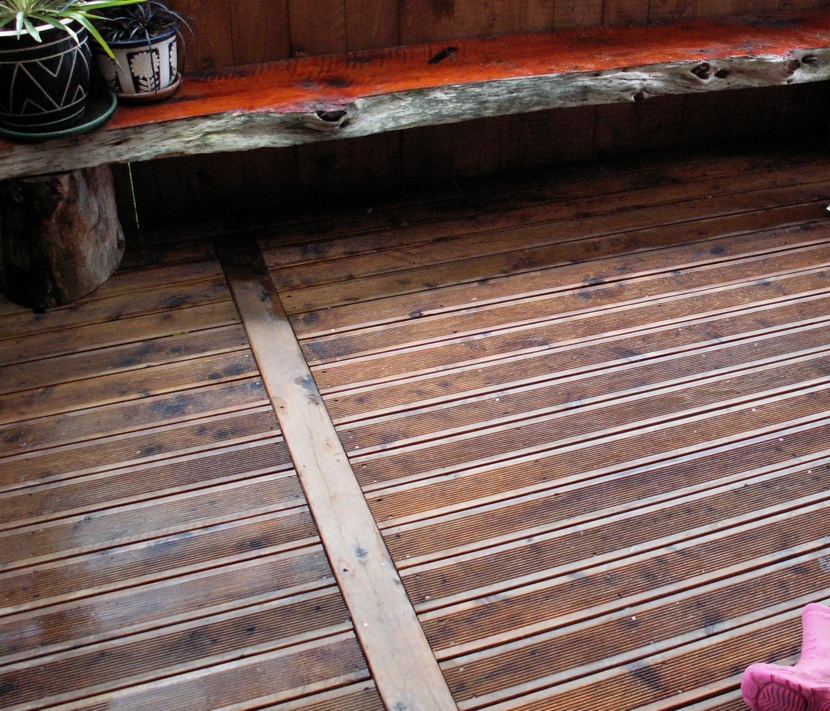
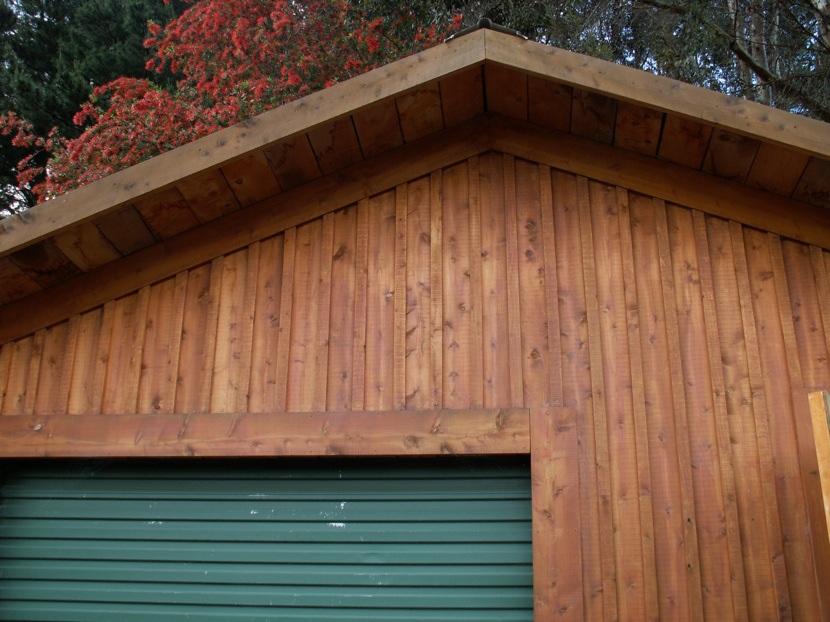
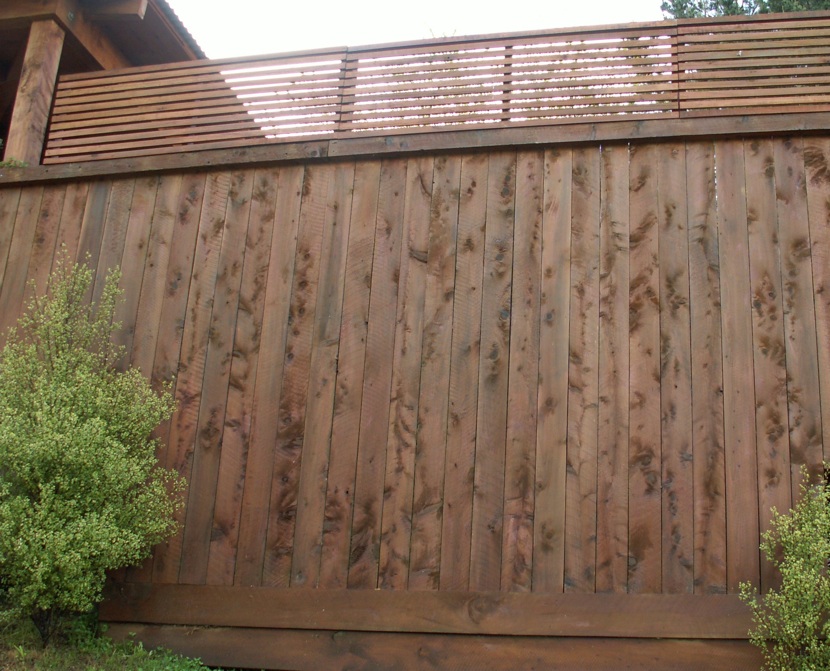
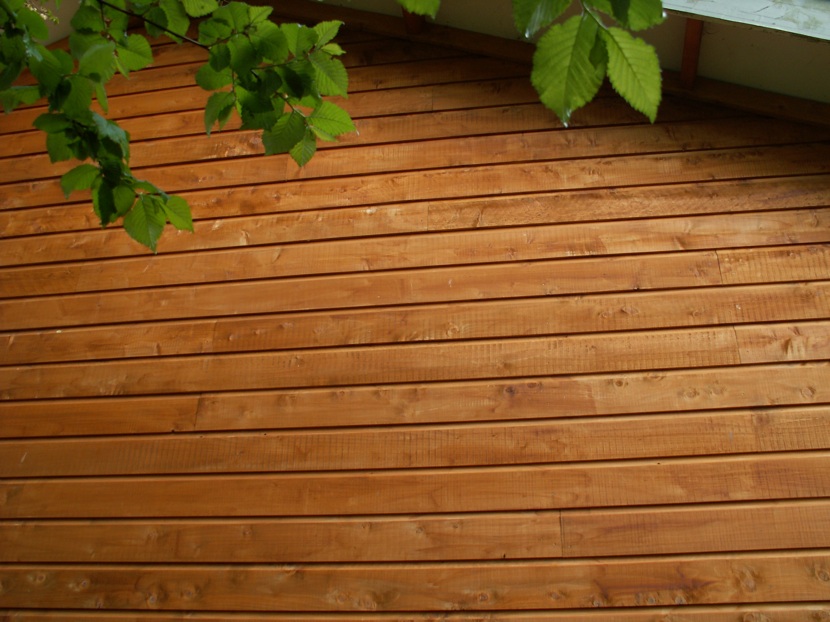
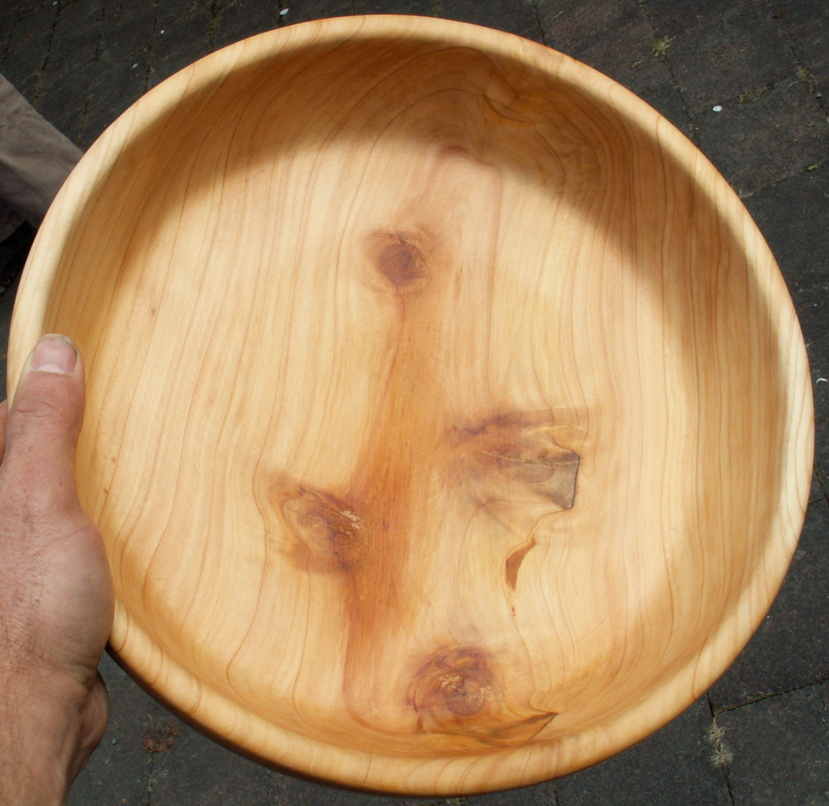
Disclaimer: While every effort is made to ensure the accuracy of the information provided on this site, Farm Forestry Timbers Society do not accept liability for any consequences arising from reliance on the information published. If readers have any doubts about acting on any articles they should seek confirming, professional advice.
 Farm Forestry New Zealand
Farm Forestry New Zealand Farm Forestry Timbers - Headlines
Farm Forestry Timbers - Headlines